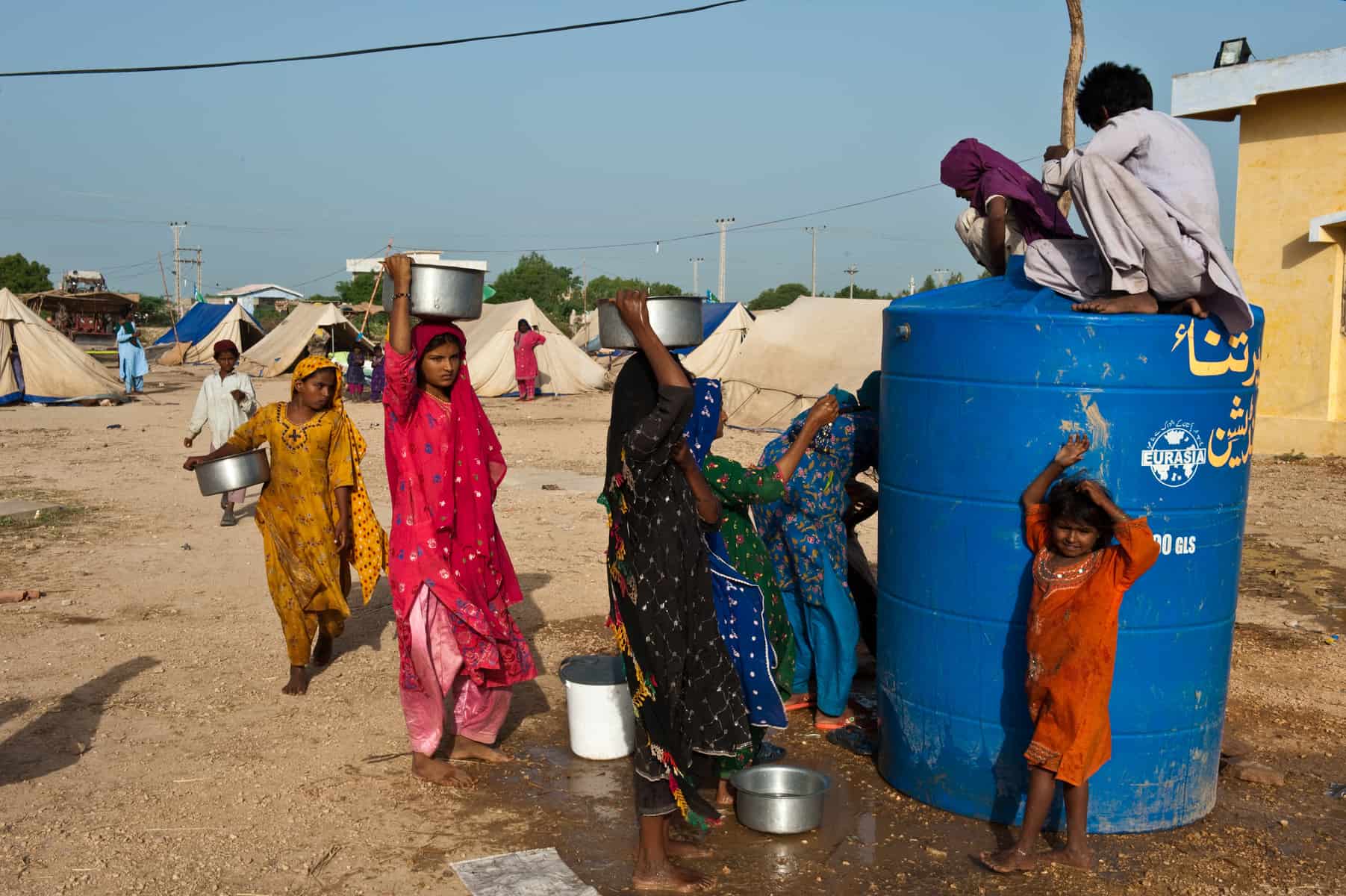By Thomas Schinko, IIASA Risk, Policy and Vulnerability Program
Climate change is projected to disproportionately affect people in developing countries, through extreme weather events and slow onset events such as rising sea levels. Because the countries most affected by climate change are also those who contributed the least to the problem and with the least capacities to cope, one of the major issues in recent climate negotiations has been how to support those nations’ efforts to adapt and to address climate impacts beyond adaptation.
To address this problem, in 2013 the United Nations Framework Convention on Climate Change (UNFCCC) established the Warsaw International Mechanism (WIM) for Loss and Damage Associated with Climate Change Impacts (WIM).
Yet at the Paris climate talks in December, the future of the WIM was in limbo. The Global South argued for loss and damage to be a key part of an eventual agreement, while the Global North argued for including it under the adaptation agenda. In the end, the Paris agreement quite prominently featured loss and damage. However the Global North’s fears of signing up to a mechanism that makes them liable for unlimited damage claims in the future have been addressed by adding a specific paragraph to the agreement stating, “the agreement does not involve or provide a basis for any liability or compensation.”

A flood in Bangladesh in 2009. Flooding is project to increase with climate change, yet arguments remain about attributing specific events to the influence of climate change. Photo Credit: Amir Jina via Flickr
Building on this reconfirmed support for the mechanism, the second meeting of the Executive Committee of the WIM was held 2–5 February 2016, in Bonn, Germany. The main purpose of the meeting was to give an update on the delivery of specific activities and to consider relevant requests arising from COP21. The Paris agreement requests the establishment of (1) a clearinghouse for risk transfer to facilitate the implementation of comprehensive risk management strategies and (2) a task force to address displacement issues. On the first issue, discussions have focused on the need to move beyond focusing solely on risk transfer and the link between current disaster risk management practice and climate adaptation as there are important overlaps.
As an observer, I could feel the presence of team spirit among the committee members, all honestly committed to help the most vulnerable people. Yet one issue remained hotly debated: the degree to which anthropogenic climate change can be blamed for natural disasters and extreme weather events. I saw a strong divide between committee members from the Global North and South and between those with a strong background in disaster risk management in contrast to those coming from a climate change background. Nevertheless, even in that regard I see a good chance for a joint vision to emerge, if we can distinguish two levels of the loss and damage discourse: the practical implementation on the ground vs. the political dimension.
On the practical implementation side, a pragmatic compromise became palpable: Building on decades of experience in disaster risk management related to weather extremes and the climate variability, it was identified as an entry point to deal with current and future climate risks – whether they are triggered or intensified by climate change or not. The political level, which circles around climate finance and the question of who is going to pay for losses and damages is quite another matter. Here the anthropogenic element is existentially important, as it builds the foundation for international support under the UNFCCC. If reference to anthropogenic climate change is left out of the loss and damage discourse, the UNFCCC might lose its mandate for support, as disaster risk management falls under national responsibility. Once this door closes it could remain shut, though another one might open (e.g. via civil law).

Women in Thata, Pakistan line up for water following 2010 floods. Photo Credit: Asian Development Bank via Flickr
To overcome the political barriers and to build upon the convergence with respect to the short-term practical implementation, we suggest to foster an iterative and comprehensive risk management approach, linking risk prevention, risk reduction, risk retention, risk transfer, as well as ex-post relief and reconstruction to effectively tackle different layers of climate risks.
However, it is important not to lose track of climate change as a risk driver, by consequently screening new scientific and empirical insights. This is crucial, as future risks might substantially increase due to climate change, requiring an iterative adaptation of current practices and support by the international community.
To support such an approach, rigorous scientific input, bringing together researchers from various disciplines, practitioners, NGOs, and policy makers is crucial. Together with international partner institutions, in November 2015 we initiated a scientific hub on loss and damage to provide such input. The envisaged clearinghouse for risk transfer and the task force for climate-related displacement could become key recipients for information generated by our network, packaged with further information and distributed to make it actionable; particularly addressing the needs of the most vulnerable developing countries.
Note: This article gives the views of the author, and not the position of the Nexus blog, nor of the International Institute for Applied Systems Analysis.

You must be logged in to post a comment.